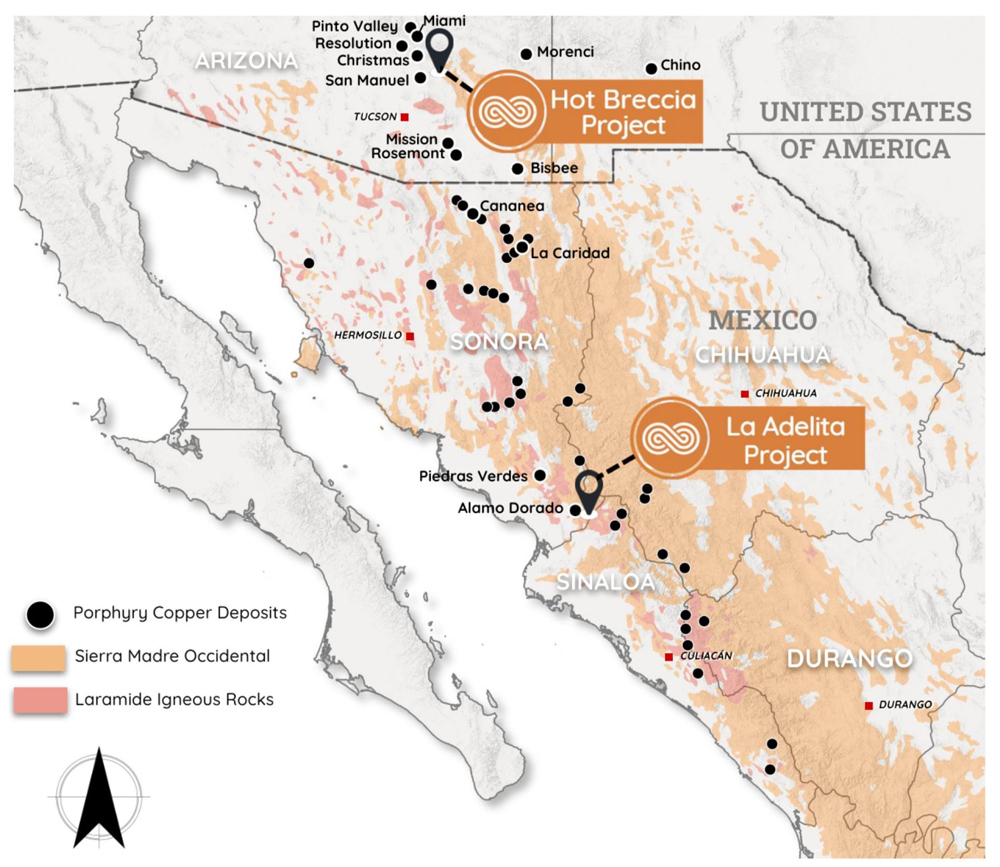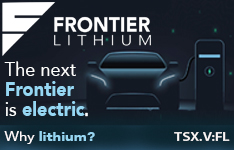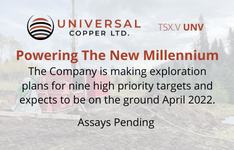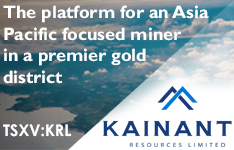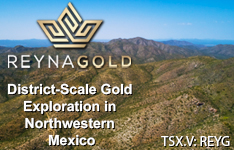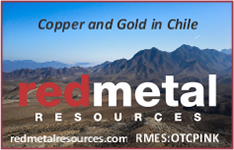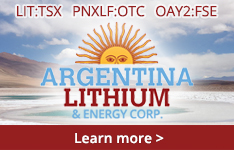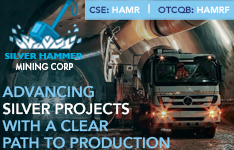Western Uranium & Vanadium Corp. (WUC:CSE; WSTRF:OTCQX) has bought property in Utah to build a state-of-the-art processing plant to recover uranium, vanadium, and cobalt.
It will process materials from Western’s Sunday Mine Complex, where mine development and ore production have already started, as well as from other mines, the company said.
Located in the Green River Industrial Park in central Utah’s Emery County, it took more than a year to locate the right site with road, power, and water infrastructure, and the support of local officials, Western President and Chief Executive Officer George Glasier told Streetwise Reports.
"It’s got the infrastructure," Glasier said. "It’s close to power and it’s got a source of water . . . And it’s got political support from the locals from the county and we believe the state."
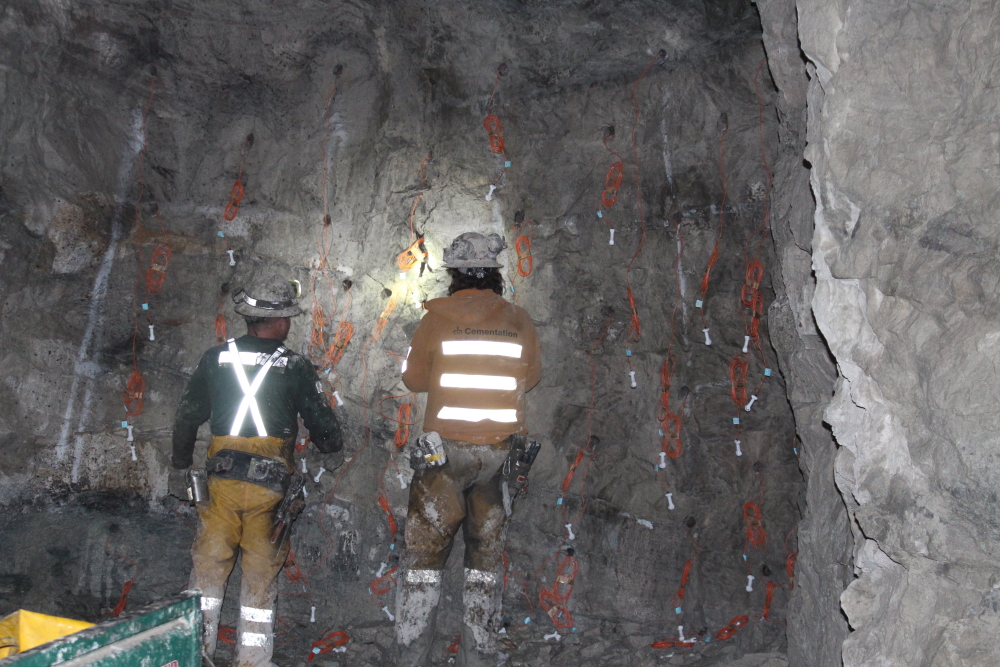
The company is looking to position itself at the center of two markets essential to the new green economy: power generation and battery storage.
Uranium is essential for nuclear fission, the only way of providing power to all our electric cars (EVs) and gadgets without carbon emissions, and vanadium is used in battery technologies to store that energy.
Michael Ballanger of GGM Advisory Inc. said the company is uniquely positioned to benefit from expected demand for both elements.
"With 55.24 million pounds of uranium and approximately 35 million pounds of vanadium held on the balance sheet, management could be a bunch of trained chimps and still get their share price cranked up when the masses move back to this sector," Ballanger wrote.
Cobalt is also an important battery metal. The company said the plant, when completed, will result in "substantial cash flow from operations."
The Catalyst: Dozens of Nuclear Plants in Pipeline
The world and the U.S. have recovered from a 2011 post-Fukushima accident contraction. According to a 2022 report by Swiss Resource Capital AG, 33 countries operate 441 nuclear reactors with a total net electrical capacity of about 393.6 gigawatts. The United States leads the world with 93 reactors in operation and gets about 20% of its power from nuclear.
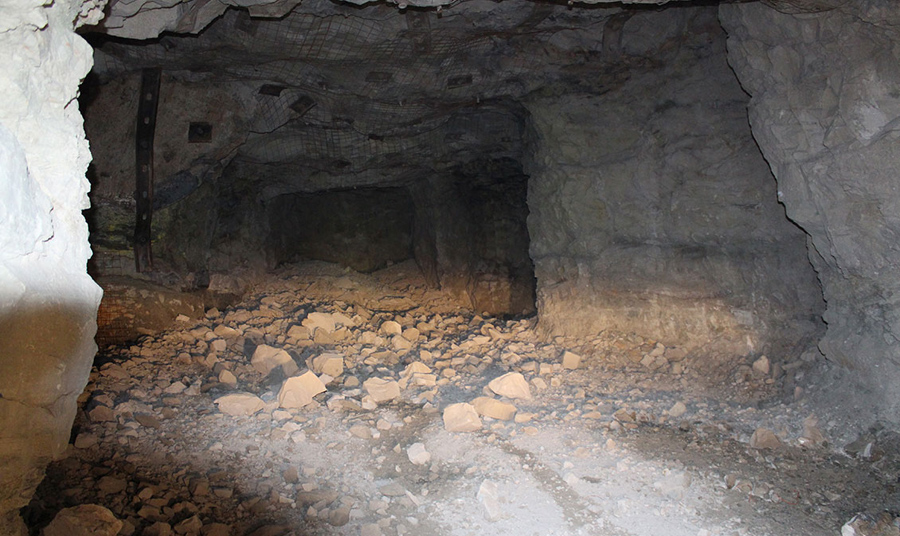
Fifty-two more reactors are under construction, 16 of them in China alone. Planning has begun for 120 more, and more than 300 are in the pipeline, the report said.
All of that adds up to a lot of uranium that is needed. The uranium isotope 235U is the only known element that can be used commercially for nuclear fission chain reactions.
Nuclear power adds no carbon to the atmosphere and has the highest energy density of all major power sources: one 10-gram uranium pellet equals 17,000 cubic feet of natural gas, 149 gallons of oil, and 1 ton of coal, according to the Nuclear Energy Institute.
"Uranium is the one energy source that could satisfy every Millennial and (Gen-Xer) on the planet," Ballanger wrote. "Handled properly, nuclear power is truly the alternative to coal and oil, and natural gas. But what spooks the world is that the collateral damage of a ruptured nuclear power station is infinitesimally larger than a pipeline leak or a coal fire."
Already a Shortfall
But there is already a deficit of the element. Over the past five years, there has been a shortfall of between 40 to 60 million pounds per year, according to the Swiss Resource Capital AG report. And in its Nuclear Fuel Report 2021, the World Nuclear Association projected a 27% increase in demand for uranium by 2030.
The World Nuclear Association calculated that by 2035, about 40,000 metric tons of uranium will be needed annually in the U.S. alone.
New mines can require lead times of seven to 10 years, and the pandemic and closing mines have slowed production. "The U.S. uranium industry is but a shadow of days gone by," the report said. "Over the past 45 years, virtually nothing has been invested in developing new deposits" there.
The World Nuclear Association calculated that by 2035, about 40,000 metric tons of uranium will be needed annually in the U.S. alone.
The U.S. Inflation Reduction act, passed last summer, put aside US$700 million toward establishing a domestic supply chain for high-assay low-enriched uranium (HALEU) needed for advanced reactors being developed.
The Department of Energy said it plans to purchase up to 25 tons of HALEU annually from U.S. suppliers for a fuel bank.
Vanadium: Doubles Resource
Vanadium is used in long-duration grid-scale batteries for intermittent power issues and to support other energy sources like solar, wind, and hydro.
"We're one of the few, maybe out of just a couple of companies, that produce both uranium and vanadium," Glasier said. "That just doubles the value of our resource."
The new plant will also use Western’s patented Kinetic Separation technology to sort or separate the ore produced. It uses kinetic energy to force particles against each other and removes the mineralized patina from barren sandstone grains without any chemicals, the company said.
What’s left is high-grade ore comprised of 85% to 95% of the uranium and vanadium in about 10% to 20% of the mass of pre-separation material to run through the processing plant.
The plant is expected to produce 2 million pounds of uranium and 6 to 8 million pounds of vanadium, and is expected to be in production by 2026, Glasier said.
Ownership and Share Structure
 Streetwise Ownership Overview*
Streetwise Ownership Overview*
Western Uranium & Vanadium Corp. (WUC:CSE; WSTRF:OTCQX)
According to the company, 11.22% of its shares are owned by insiders, including 11.03% by Glasier, the CEO. Reuters said 17.42% are owned by institutions. The rest is retail.
Western Uranium and Vanadium’s market cap is CA$45 million. It has 43.6 million shares outstanding, 38.7 million free-floating. It trades in a 52-week range of CA$2.97 and CA$0.98.
Sign up for our FREE newsletter
Disclosures:
1) Steve Sobek wrote this article for Streetwise Reports LLC. He or members of his household own securities of the following companies mentioned in the article: None. He or members of his household are paid by the following companies mentioned in this article: None.
2) The following companies mentioned in this article are billboard sponsors of Streetwise Reports: None. Click here for important disclosures about sponsor fees.
3) Comments and opinions expressed are those of the specific experts and not of Streetwise Reports or its officers. The information provided above is for informational purposes only and is not a recommendation to buy or sell any security.
4) The article does not constitute investment advice. Each reader is encouraged to consult with his or her individual financial professional and any action a reader takes as a result of information presented here is his or her own responsibility. By opening this page, each reader accepts and agrees to Streetwise Reports' terms of use and full legal disclaimer. This article is not a solicitation for investment. Streetwise Reports does not render general or specific investment advice and the information on Streetwise Reports should not be considered a recommendation to buy or sell any security. Streetwise Reports does not endorse or recommend the business, products, services or securities of any company mentioned on Streetwise Reports.
5) From time to time, Streetwise Reports LLC and its directors, officers, employees or members of their families, as well as persons interviewed for articles and interviews on the site, may have a long or short position in securities mentioned. Directors, officers, employees or members of their immediate families are prohibited from making purchases and/or sales of those securities in the open market or otherwise from the time of the decision to publish an article until three business days after the publication of the article. The foregoing prohibition does not apply to articles that in substance only restate previously published company releases. As of the date of this article, officers and/or employees of Streetwise Reports LLC (including members of their household) own securities of Western Uranium & Vanadium Corp., a company mentioned in this article.


